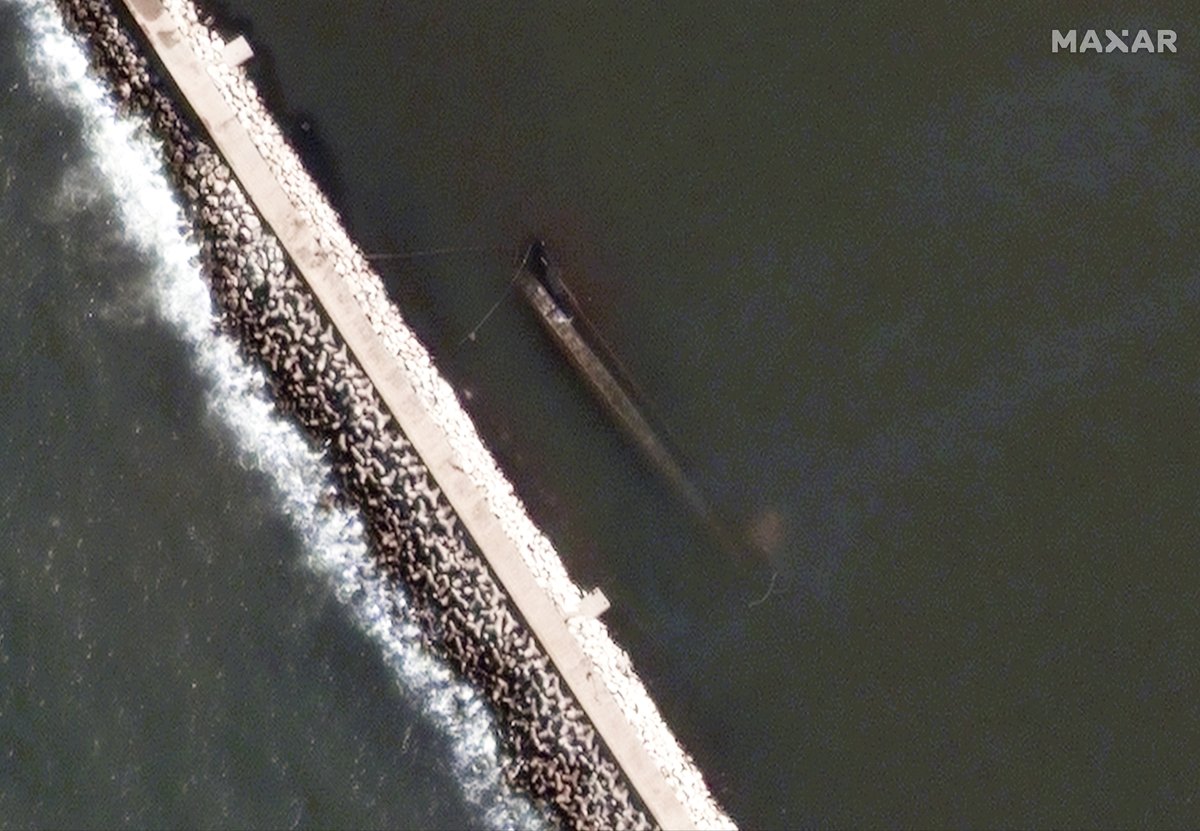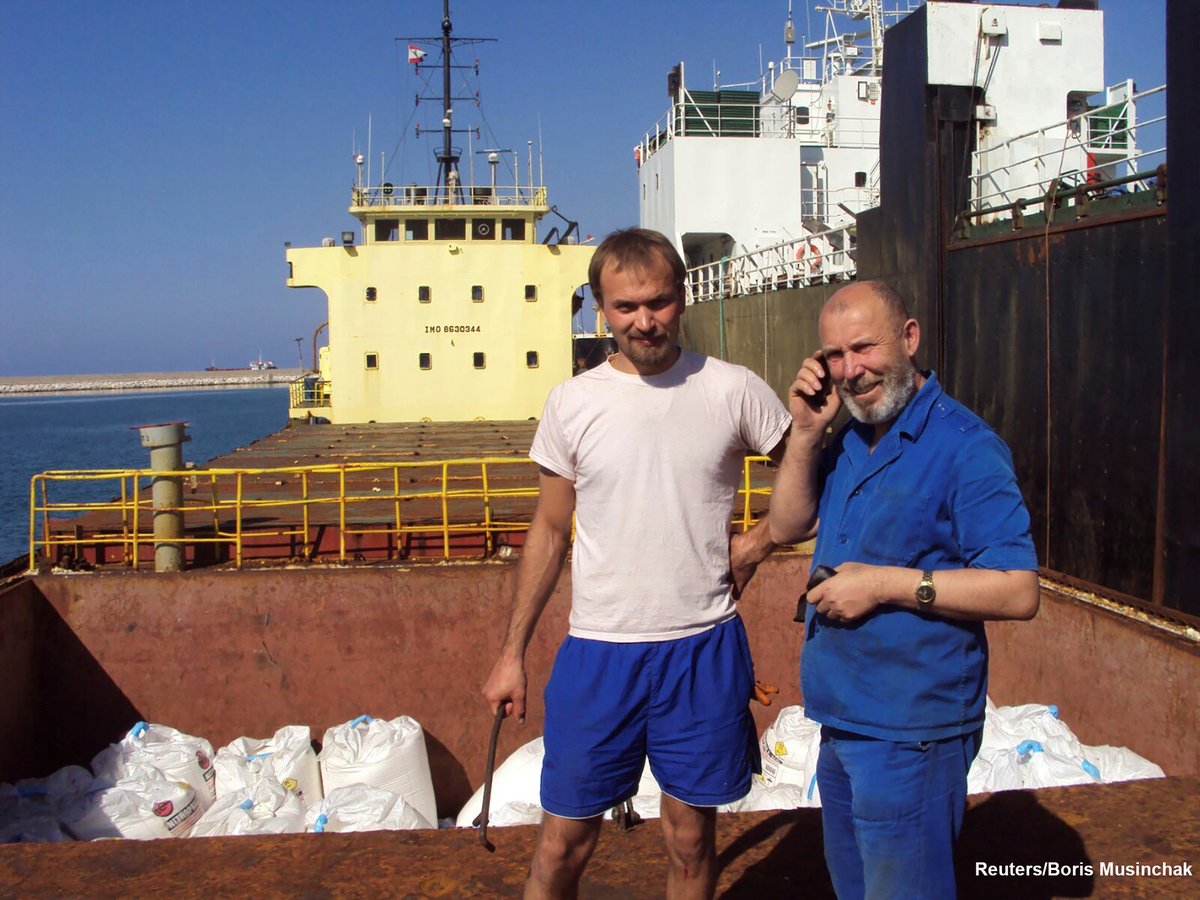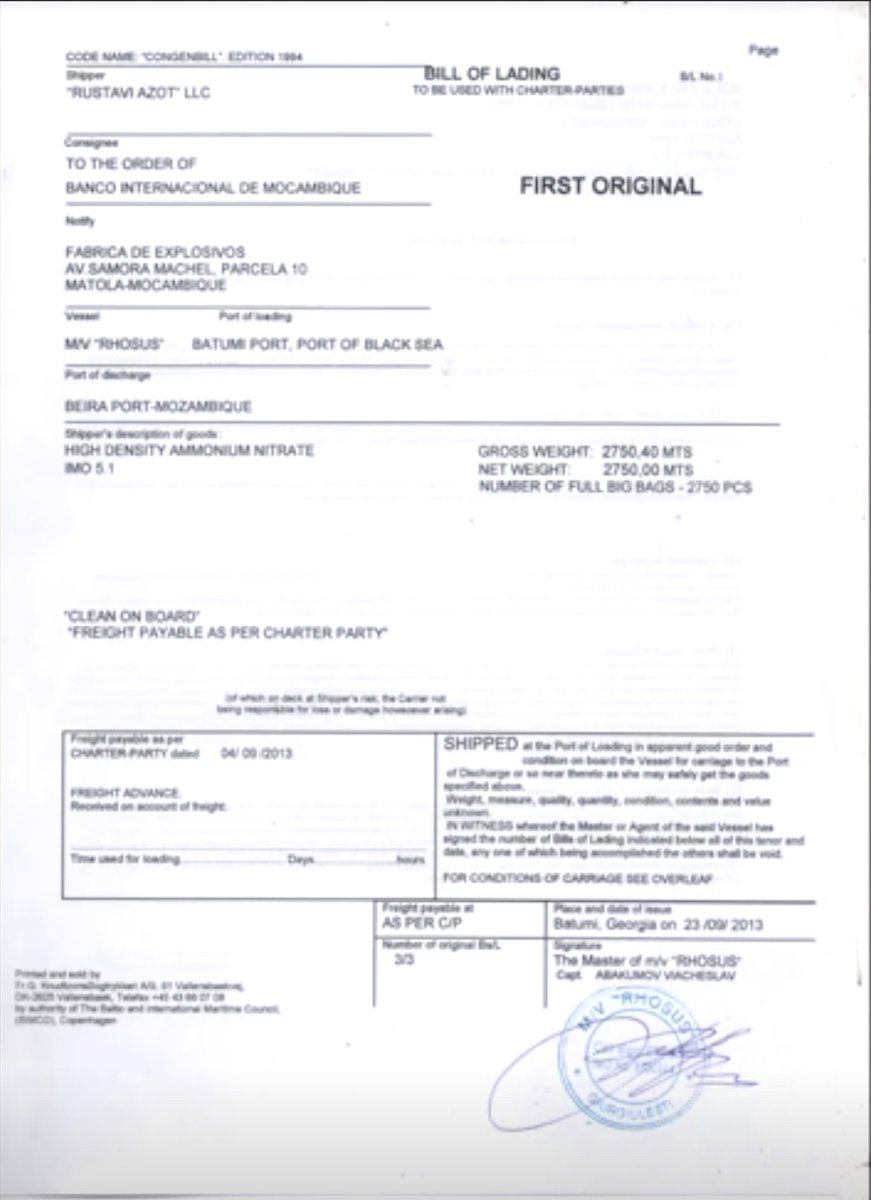
New analysis published by @janesintel with @stanfordcisac powerfully shows some of the future possibilities of satellite imagery analysis: intra-minute collection by @BlackSky_Inc shows a vehicle in motion at the #Natanz Uranium Enrichment Complex. h/t @puccioni1 #Iran
The vehicle is moving back and forth over the same area, suggesting it is possibly hardening the road in preparation for heavier vehicles or the transport of sensitive equipment, according to the analysis.
An increasing number of companies are offering intra-day or intra-minute imagery collection, offering exciting opportunities for journalists, incl. ship tracking, monitoring activities at detention camps… Would love to hear other ideas!
The new analysis also took advantage of advances in automated object identification and processing. For example, one of @orbital_insight’s algorithms counted vehicles in more than 80 satellite images over 3 years, producing insights into patterns of life.
The analysis also found that by March of this year there were some signs of a slowdown of tunnel construction, such as a stagnation in the expansion of the spoil piles, pointing towards a possible completion of some of the underground excavations.
A bit more info here:
janes.com/defence-news/n…
janes.com/defence-news/n…
• • •
Missing some Tweet in this thread? You can try to
force a refresh










